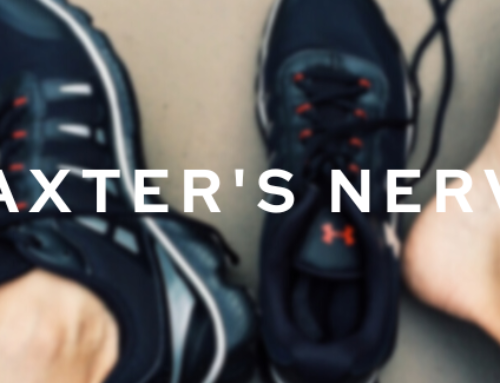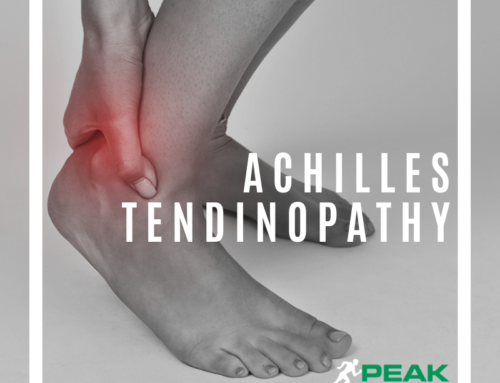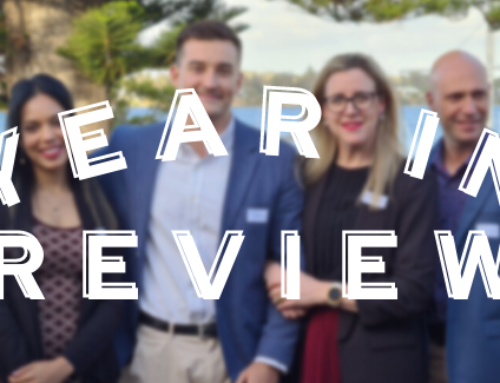Welcome to “Peak Pages” from Peak Podiatry Subiaco.
Well Spring has certainly sprung and here at Peak Podiatry it’s not just the flowers that are coming into full bloom. We have had a lot of Triathletes and Trail runners through the clinic gearing up for a good season. It’s been a busy time for Peak, supporting and keeping our teams, athletes and general public on their feet. We can’t believe Christmas is just around the corner.
There’s many exciting events coming up including the Rottnest marathon at the end of October and for the people who enjoy a bit more of an adventure there’s the Anaconda Adventure race in early November.
What’s New

Peak Podiatry has recently developed our INCEP program and have had an overwhelming positive response to it. The program involves our podiatrists going out to visit other allied health professionals to present a continuing professional development talk to them in regards to our services and also touching on common podiatric conditions with the latest and greatest of treatment methods and research available.
If you are a health professional that would like us to come out and provide an INCEP presentation for your clinic please don’t hesitate to contact the clinic to arrange this.
Injury Profile: Ankle Sprains

The ankle joint is one of the first major joints in the body to absorb impact, therefore it is imperative to keep this area stable and fully functional.
The ankle ligaments are designed to hold the ankle in place, increasing stability and preventing medial (inwards) and lateral (outwards) ankle movement.
The ligament(s) on the medial side are the deltoid ligaments, which are affected less than 20% of the time in ankle sprains, whereas on the lateral side are the anterior talofibular ligament (ATFL), calcaneofibular ligament (CFL) and the posterior talofibular ligament (PTFL).
The most prevalent sporting injury is a lateral ankle sprain, accounting for 85% of all ankle sprains, with the most common mechanism of injury being inversion of the plantar-flexed foot.
With the foot and ankle expected to be able to manage 3 to 5 times body weight when walking and between 5 to 10 times bodyweight during some sporting activities, it is easy to see why this area is exposed to injury.
Predisposing Factors
– Sports involving jumping, turning and twisting
– Lack of strength and stability related to the ankle
– Lack of/extreme flexibility in the ankle joint
– Poor balance (proprioception)
– Condition of playing surface
– Inappropriate footwear
– Poor rehabilitation from a previous ankle injury
Diagnosis
Examination for signs of recurrent swelling, pain or looseness (anterior & posterior draw test of the ankle). X-Ray, CT and MRI can be utilised in the diagnosis of ankle injuries.
Treatment
Rest, Ice, Compression and Elevation (RICER) for the immediate 48 to 72 hours after accident / injury. This will help reduce bleeding and damage within the joint and surrounding area. Refer and seek professional advice.
Treatment considerations include:
– Physical therapy
– Taping / Braces
– Orthotic Therapy
– Stretching and strengthening programs
– Rehabilitation and return to sport programs
– Injection Therapies – Steroid / Prolotherapy
Hiking Boots
With the Oxfam Trailwalker 100km fast approaching we thought it would be a good idea to guide you through what is now a minefield of choice for hiking footwear.
The humble hiking boot has receded in popularity over the last few years as backpackers, day hikers and competitors in events like the Oxfam Trailwalker have gravitated to lighter footwear and trail-running shoes.
For those looking to put down some serious mileage over rough and extreme terrain the need for well-designed boots still remains essential. It is also important for treatment and prevention of ankle injuries like the ones previously mentioned.
With the boot genre being one of the most saturated on the market I have selected only a couple from each category to guide you on what to look for in the boot.
If your looking for the top notch Himalaya’s hiking boot, with a high top, solid mid shank and durability look at the Scarpa and Zamberlan range. They have many styles and designs to fit different foot types and shapes and have stood the test of time.

If your looking at the day hike and walking event category you can maybe go a little more lightweight and low top. Looking at Soloman and Keen for a strong shoe with firm heel counter and good waterproof features. All very orthotic friendly if required.

For those running trails, back packing or doing the occasional hike then running range might be for you, it is a good way to get one shoe that cover all bases. Brooks Cascadia and Adrenalin, and Asics Trabuco are good choices in this category.

Good luck to all of the teams competing in the Oxfam Trailwalker 
With many of you increasing your training load towards the up coming seasons don’t forget to make sure everything is on point to prevent any un-wanted injuries. Now is a good time to be checking footwear and possibly coming in for an assessment to ensure that you are spot with your shoes, stretches, strength work and training load.







Leave A Comment